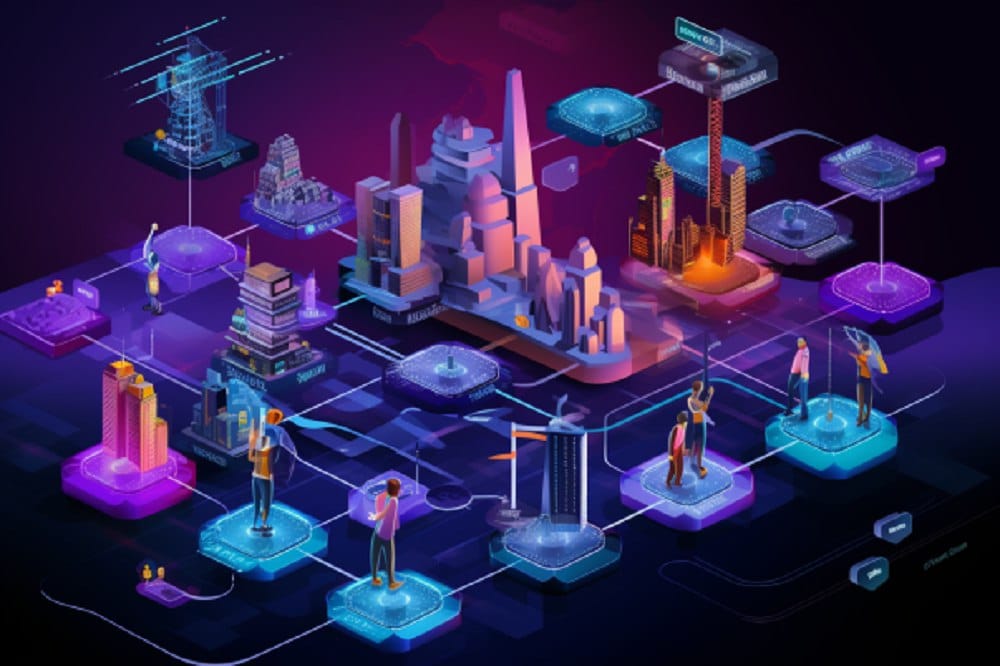Bitcoin Ordinals is experiencing a notable resurgence, thanks to its recent listing on the popular cryptocurrency exchange Binance. The ORDI token, an integral part of the Bitcoin Ordinals ecosystem, has seen its value surge by an impressive 41% within the past 24 hours.
Ordinals, a collection of BRC-20 tokens built on the Bitcoin blockchain, has witnessed a remarkable 40.8% increase in value during the same 24-hour period, now trading at $10.19. This surge follows its listing on Binance, which has undoubtedly contributed to its newfound momentum.
Binance Launches ORDI Trading, No Listing Fees
Binance, in its announcement dated November 7, revealed that users can now engage in trading activities involving Ordinals (ORDI) against major cryptocurrencies like Tether and the Turkish lira. What’s more, Binance has set a notable precedent by not imposing any listing fees on the ORDI token, aligning with its mission to support innovative blockchain projects. Additionally, withdrawals for ORDI will become available on November 8.
As part of the initial incentive program, the first 1,000 users who deposit at least 72 ORDI tokens on the exchange will be rewarded with a generous 50 USDT trading rebate voucher.
Bitcoin Ordinals introduces a novel numbering system, assigning unique identifiers to individual satoshis, which are the smallest unit of Bitcoin. This system enables precise tracking and seamless transfers of these micro-Bitcoins, effectively enhancing the functionality and utility of the cryptocurrency.
This unique approach, combined with the inscription process, which adds an extra layer of data to each satoshi, empowers users to create distinctive digital assets on the Bitcoin blockchain. It’s important to note that the ORDI token listed on Binance is distinct from the developers behind Bitcoin Ordinals.
BRC-20 Tokens Revolutionize Crypto Realm
In another realm of the crypto space, BRC-20 tokens, such as Ordinals, have been gaining substantial popularity as one of the most significant technological advancements within the 15-year-old blockchain industry.
These tokens have been embraced by self-custody wallet providers, like BitKeep (now Bitget Wallet), since June, further contributing to the growth of the BRC-20 ecosystem. The total market capitalization of BRC-20 tokens now stands at an impressive $1.34 billion, underscoring their significance in the ever-evolving blockchain landscape.,
DePIN Unleashes Decentralized GPU Revolution
Meanwhile, in a separate development, io.net has entered the beta phase with its groundbreaking decentralized physical infrastructure network, referred to as DePIN. This platform offers a revolutionary solution for GPU computing providers, allowing them to seamlessly plug into the network. Over 100,000 graphics processing units (GPUs) from various data centers and private clusters are poised to become part of this decentralized infrastructure network.
io.net announced the beta platform launch and a strategic cooperation with Render Network, a well-established distributed GPU supplier, during the recent Solana Breakpoint conference in Amsterdam. This collaboration expands the possibilities of io.net by leveraging Render’s existing network for GPU rendering compute at lower prices and quicker speeds than traditional centralized cloud solutions.
The leadership at io.net, including Tory Green, the Chief Operating Officer, and Angela Yi, Head of Business Development, emphasized the unique differentiators of io.net’s DePIN. Unlike traditional cloud providers like Amazon Web Services (AWS) and Microsoft Azure, which own and rent out their GPUs, io.net offers a novel approach to GPU aggregation, enabling clustering over diverse geographic locations in minutes. This capability addresses the inefficiencies of existing infrastructure providers.
Io.net’s solution is particularly appealing to the Web3 ecosystem, providing a foundation for decentralized services, especially for machine learning. It stands out from the competition, as it can cluster GPUs across different geographic locations swiftly and efficiently. Additionally, the company has chosen to use the Solana blockchain for its payments, citing its scalability as a key factor in facilitating the sheer volume of transactions required for the platform’s success.
The partnership with Render Network is mutually beneficial, as it allows Render to tap into io.net’s clustering capabilities and utilize their GPU compute resources for rendering applications. Furthermore, io.net has launched a $700,000 incentive program for GPU resource providers, expanding their capacity to cater to consumer-grade GPUs, including Nvidia RTX 4090s and below.
At Tokenhell, we help over 5,000 crypto companies amplify their content reach—and you can join them! For inquiries, reach out to us at info@tokenhell.com. Please remember, cryptocurrencies are highly volatile assets. Always conduct thorough research before making any investment decisions. Some content on this website, including posts under Crypto Cable, Sponsored Articles, and Press Releases, is provided by guest contributors or paid sponsors. The views expressed in these posts do not necessarily represent the opinions of Tokenhell. We are not responsible for the accuracy, quality, or reliability of any third-party content, advertisements, products, or banners featured on this site. For more details, please review our full terms and conditions / disclaimer.
